Updated 11 Jan 2023:
Corning released the new Corning® Gorilla® Glass Victus® 2
The latest Corning released the new Corning® Gorilla® Glass Victus® 2 on 30 November 2022, which is later than the earlier versions that were typically released in July every 2 years since 2016.
In the laboratory test, Victus® 2 survived drops of up to one meter on a concrete surface whereas other competing aluminosilicate glasses failed at just 0.5 meters or less. Furthermore, Corning® Gorilla® Glass Victus® 2 continued to survive drops up to two meters on asphalt surfaces and maintained scratch resistance up to four times better than competitive aluminosilicate. Besides this, the Victus 2 also has 10-20% better scratch resistance and fracture toughness as compared to the original Victus
The following tables compare the differences between Corning Gorilla glass types that are commonly used on gadgets such as smartphone displays, camera lenses, and watch displays.
There are 7 major types of Gorilla glass from 1 to 6, and the 7th is called the Victus. We have omitted Corning Gorilla Glass 1, 2 and 4 for now because of a lack of information, and they are mostly non-existent among the latest gadgets.
Table 1: Compare Differences Between Corning Gorilla Glass Types
| Gorilla Glass Type | Victus 2 | Victus | 6 | 5 | 3 |
| Released | 11/2022 | 7/2020 | 7/2018 | 7/2016 | 1/2013 |
| Thickness (mm) | 0.4-1.2 | 0.4-1.2 | 0.4-0.9 | 0.4-1.2 | 0.4-2.0 |
| Transmission (%/mm) | >=90.5%@0.7mm | 90.5%@0.7mm | 90.5%@0.6mm | 90.5%@0.8mm | 91.5%@0.7mm |
| Vickers (200g) (kgf/mm2) Strengthened | 670 | 651 | 678 | 608 | 653 |
| Fracture Toughness (Mpa m0.5 ) | 0.86 | 0.76 | 0.70 | 0.69 | 0.66 |
| Drop test | 1m (concrete) 2m (asphalt) | 2m (asphalt) | 1.6m | 1.2m | No |
| Scratch-resistant | 8 – 10N | 8N | 4N | 4N | 7N |
| Sharp object resistant | Yes | Yes | Yes | Yes | Yes |
| Antimicrobial | No | No | No | No | No |
The table below shows the special Gorilla Glass 3+ and AM (Antimicrobial), both of which are based on the Corning Gorilla Glass 3, while DX and DX+ are glass composites that are applied on external surfaces of glass to improve the anti-reflectivity up to 98% and also better scratch-resistance.
Read more: Compare Apple Ceramic Shield and Gorilla Glass Victus
Table 2: Special Corning Gorilla Glass Types
| Gorilla Glass Special Type | AM (3) | 3+ | DX | DX+ |
| Thickness (mm) | 0.4-2.0 | 0.4-2.0 | ||
| Transmission (%/mm) | 91.5/0.7 | 98 | 98 | |
| Vickers (200g) (kgf/mm2) | 649 | |||
| Fracture Toughness (Mpa m0.5 ) | 0.66 | |||
| Drop test | No | 0.8m | ||
| Scratch-resistant | 7N | Good | Excellent | |
| Sharp object resistant | Yes | |||
| Antimicrobial | Yes |
Antimicrobial Corning Gorilla Glass
In the table above that compares the differences between Corning Gorilla glass types, we used the acronym AM to represent Antimicrobial. This model was based on the Corning Gorilla Glass 3 that incorporates silver ion (Ag+) as the anti-microbial agent. Silver ion is commonly used in hand lotions to sanitise the hands before an operation, and studies showed silver ions could be useful against viruses.
| Trace amounts of silver ions leach to the glass surface to eliminate the surface bacteria in multiple modes. Antimicrobial Corning® Gorilla® Glass has proven to show a consistent [3 log (>99.9%)] microbial reduction rate against a broad range of bacteria under the JIS Z 2801 test protocol. – Corning |

Corning Gorilla Glass 3+
Like the Antimicrobial Corning Gorilla Glass, the Corning Gorilla Glass 3+ is an improvement over the regular Glass 3 with better drop durability.
| In Corning lab tests, Gorilla Glass 3+ improves drop performance by up to 2X versus current alternative glasses designed for the value segment, and, on average, survives a 0.8-meter drop (waist height) onto a hard and rough surface up to 70% of the time. |
It does not have a 100% chance of surviving a drop but is a low-cost option that protects low to mid-range smartphones. At the present time, the best drop performance is Gorilla Glass 6 or Vitus.
Read more: Samsung Galaxy S20 FE uses Corning Gorilla Glass 3
Corning Gorilla Glass Composite DX and DX+
As mentioned earlier, the Corning Gorilla DX and DX+ composites are applied on external surfaces of glass to improve the anti-reflectivity and scratch resistance, so that the light transmission can reach as high as 98%.
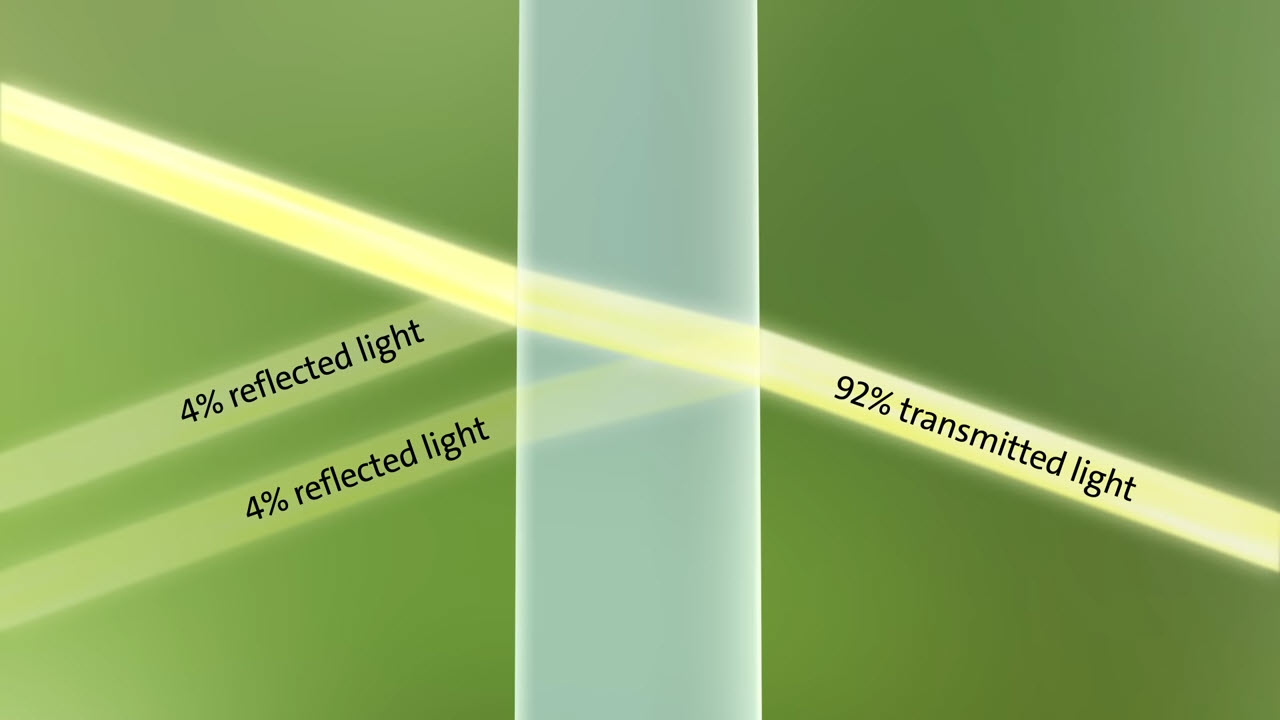
Normally about 4% of light is bounced from the internal and external surface of the cover lens respectively. The internal surface of the cover lens already has an anti-reflective coating which reduces the internally reflected light to 1%.
If Corning Gorilla Glass DX or DX+ composite is applied to the outer surface, it will also reduce the external reflected light to 1% as well. In total, the light transmission is thus improved from 92% to 98%. At the same time, Corning Gorilla Glass DX and DX+ composite also provide scratch resistance to the outer surface.
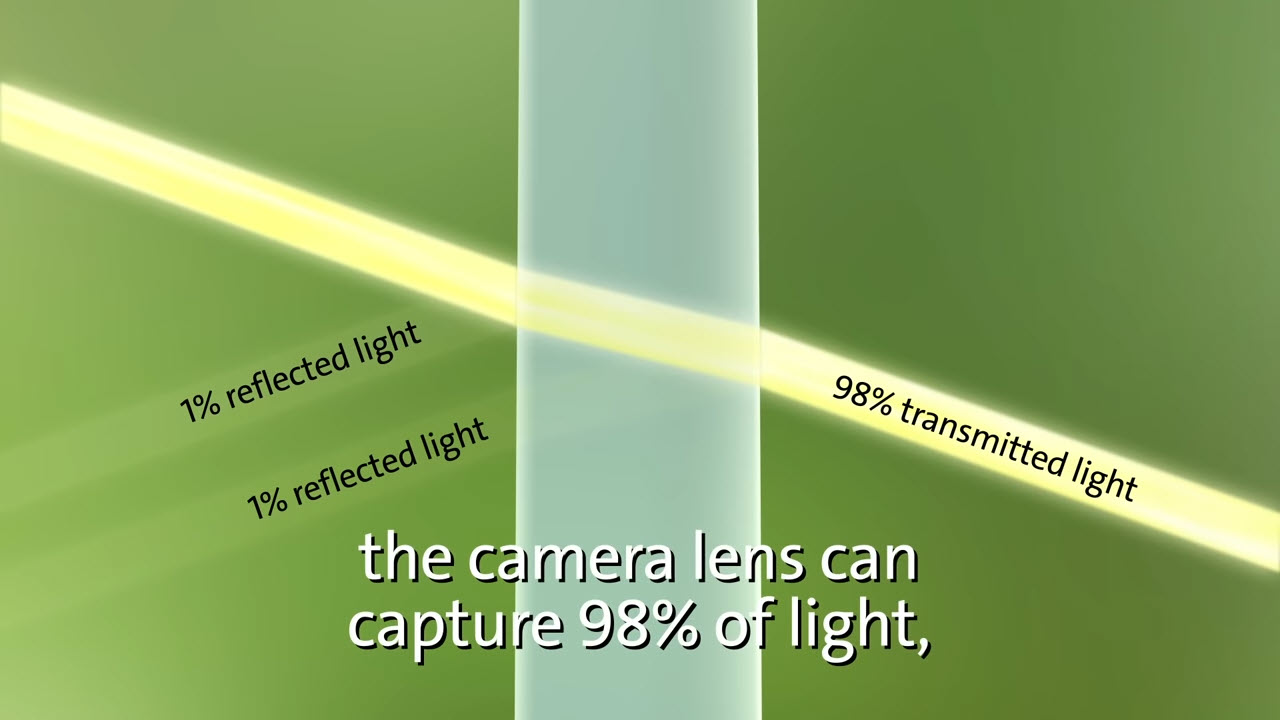
Read more:
Compare Apple Ceramic Shield and Gorilla Glass Victus
Samsung Galaxy Watch Active 2 vs Apple Watch 7
Compare Microsoft Surface Go 3 and Apple iPad Air 4
Superstrata of 2020 Versus Kestrel 500 of 1992
Apple iPhone 13 Pro Max VS Xiaomi 11T Pro
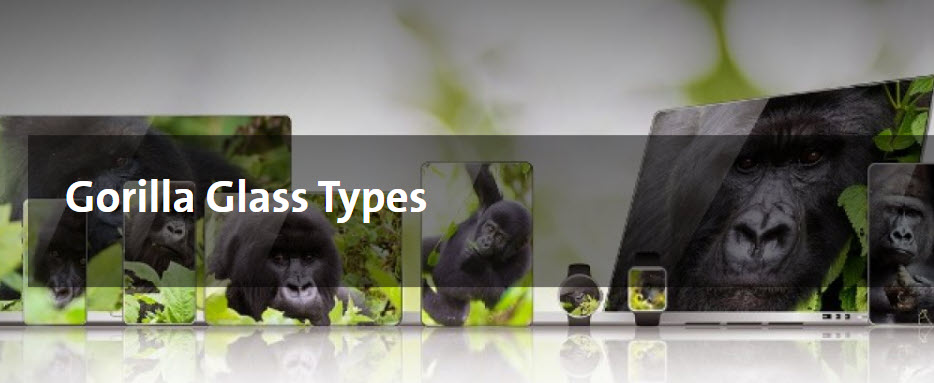
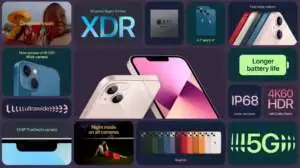
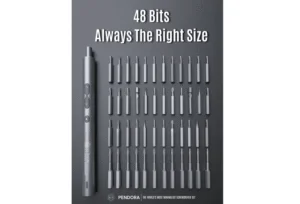
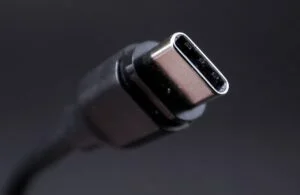
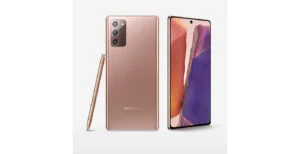
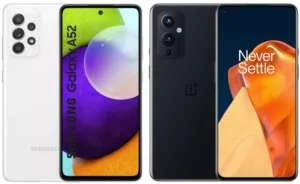
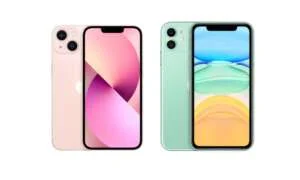
One Response
Is is practical to use these types of glass for (reading) glasses?
/ Do any optical wear manufacturers offer them? If so, what brand names could be used in a search?